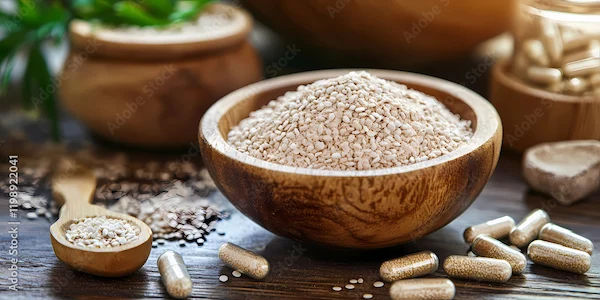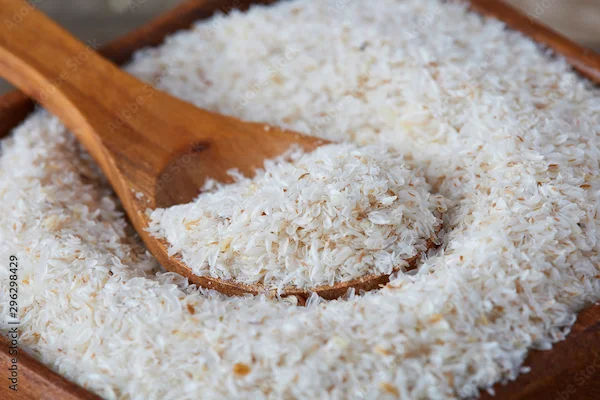Height Weight Chart For Different Ages
Check the height weight chart for different ages to track healthy growth, maintain ideal body measurements, and support overall wellness.

Written by
Last updated on 21st Jul, 2025

Introduction
Maintaining a healthy weight is essential for overall well-being at every stage of life. Whether you're a parent monitoring your child's growth or an adult keeping track of your fitness, understanding the height-weight chart can help you stay on the right path. This guide will explain what these charts mean, why they matter, and how you can use them to assess and improve your health.
What Is a Height-Weight Chart?
A height-weight chart is a tool that provides an estimate of the ideal weight range for a person based on their height, age, and gender. These charts help individuals and healthcare professionals assess whether someone is underweight, normal weight, overweight, or obese.
While these charts are useful, they are not the only measure of health. Other factors like muscle mass, body composition, and overall lifestyle also play a role.
Why Is It Important?
Maintaining a healthy weight is crucial because:
Prevents health issues: Being underweight or overweight can lead to conditions like diabetes, heart disease, and weak immunity.
Supports growth in children: Proper weight ensures kids develop physically and mentally.
Boosts energy and confidence: A balanced weight helps you feel more active and positive.
Height-Weight Chart for Different Age Groups
Here’s a general guideline for height and weight ranges across different ages:
1. Infants & Toddlers (0-2 Years)
Growth is rapid in the first two years.
Paediatricians track weight and height using growth charts.
Average weight: 3-12 kg
Average height: 50-90 cm
Tip: Breastfeeding or formula feeding should meet nutritional needs. Regular check-ups help monitor growth.
2. Children (2-12 Years)
Growth slows but remains steady.
Boys (5-12 years): 14-50 kg | 100-150 cm
Girls (5-12 years): 14-48 kg | 95-145 cm
Tip: Encourage a balanced diet, physical activity, and limited junk food to prevent childhood obesity.
3. Teenagers (13-19 Years)
Growth spurts happen during puberty.
Boys (13-19 years): 45-75 kg | 150-180 cm
Girls (13-19 years): 40-65 kg | 145-170 cm
Tip: Teens should focus on nutrition, exercise, and avoiding excessive screen time.
4. Adults (20-60+ Years)
Weight should remain stable unless muscle or fat changes.
Men (20+ years): 55-90 kg | 160-190 cm
Women (20+ years): 45-75 kg | 150-175 cm
Tip: Regular exercise and portion control help maintain a healthy weight.
How to Use the Height-Weight Chart?
1. Measure Your Height Accurately: Stand straight against a wall and mark your height.
2. Weigh Yourself Properly: Use a digital scale in the morning on an empty stomach.
3. Compare with the Chart: Check if your weight falls within the recommended range.
If you’re outside the range, consult a doctor or nutritionist for guidance.
Consult Top Nutritionists
What If You’re Underweight or Overweight?
Here are some of the measures to do if you’re underweight or overweight:
If Underweight:
Eat nutrient-rich foods (nuts, dairy, lean proteins).
Include healthy fats (avocados, olive oil).
Exercise to build muscle, not just fat.
If Overweight:
Reduce sugary and processed foods.
Increase fibre (fruits, vegetables, whole grains).
Engage in regular physical activity (walking, yoga, strength training).
Beyond the Chart: Other Health Indicators
While height-weight charts are helpful, they don’t tell the whole story. Consider:
Body Mass Index (BMI): A BMI between 18.5-24.9 is considered healthy.
Waist Circumference: Excess belly fat increases health risks.
Body Composition: Muscle weighs more than fat, so athletes may weigh more but be healthier.
When to See a Doctor?
If you notice:
Sudden weight loss/gain without reason.
Difficulty in maintaining a healthy weight despite diet changes.
Fatigue, weakness, or other unusual symptoms.
A healthcare professional can help identify underlying issues like thyroid disorders or metabolic conditions.
Conclusion
A height-weight chart is a useful tool, but it’s just one part of a healthy lifestyle. Focus on balanced nutrition, regular exercise, and mental well-being. If you need personalised advice, consider consulting a doctor or dietitian. You can book a consultation or schedule a test through Apollo 24|7 for expert guidance.
Would you like a personalised diet or fitness plan?
Consult Top Nutritionists
Consult Top Nutritionists
Ms. Lakshmi Tejasvi
Clinical Nutritionist
14 Years • M.Sc - Clinical Nutrition
Hyderabad
Vibgyor Nutri, Hyderabad
Dr Sumanth R
General Physician
2 Years • MBBS
Bengaluru
PRESTIGE SHANTHINIKETAN - SOCIETY CLINIC, Bengaluru

Dr. Ramalinga Reddy
General Physician
5 Years • MBBS MD General medicine
Bengaluru
PRESTIGE SHANTHINIKETAN - SOCIETY CLINIC, Bengaluru
Dt. Ila Sharma
Clinical Nutritionist
18 Years • Master in food & Nutrition
Gurugram
VIPUL GREENS - SOCIETY CLINIC, Gurugram
Mrs Sneha P V
Nutritionist
10 Years • Master of science in Food and Nutrition
Bengaluru
Apollo Clinic, Sarjapur Road, Bengaluru
Consult Top Nutritionists
Ms. Lakshmi Tejasvi
Clinical Nutritionist
14 Years • M.Sc - Clinical Nutrition
Hyderabad
Vibgyor Nutri, Hyderabad
Dr Sumanth R
General Physician
2 Years • MBBS
Bengaluru
PRESTIGE SHANTHINIKETAN - SOCIETY CLINIC, Bengaluru

Dr. Ramalinga Reddy
General Physician
5 Years • MBBS MD General medicine
Bengaluru
PRESTIGE SHANTHINIKETAN - SOCIETY CLINIC, Bengaluru
Dt. Ila Sharma
Clinical Nutritionist
18 Years • Master in food & Nutrition
Gurugram
VIPUL GREENS - SOCIETY CLINIC, Gurugram
Mrs Sneha P V
Nutritionist
10 Years • Master of science in Food and Nutrition
Bengaluru
Apollo Clinic, Sarjapur Road, Bengaluru



.webp)
